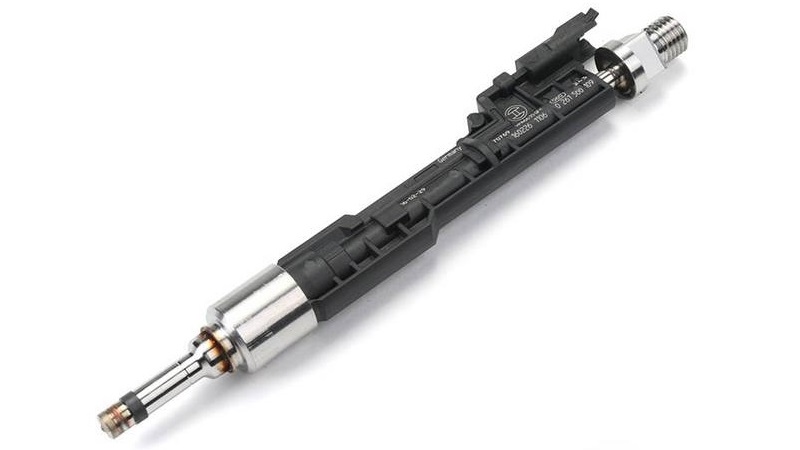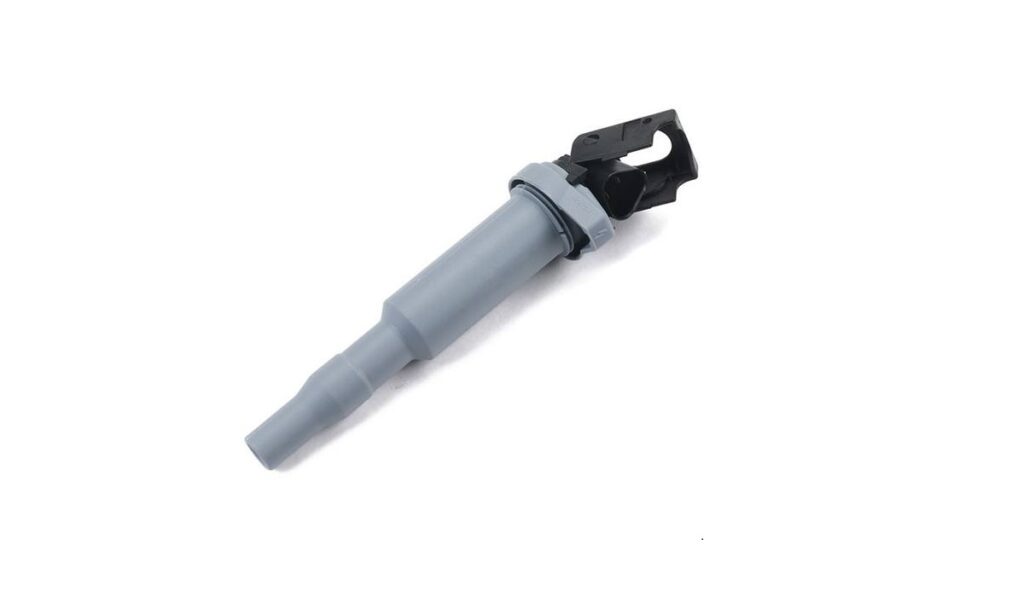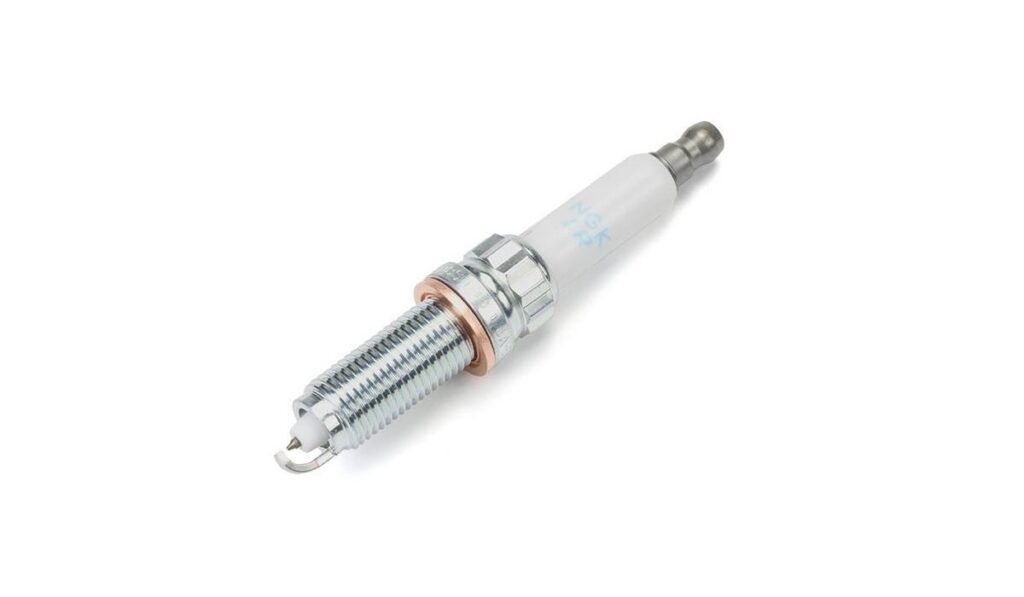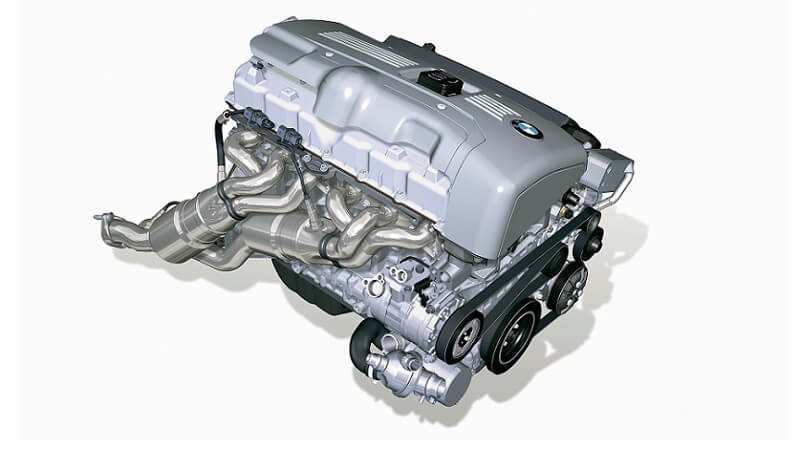In the world of automotive diagnostics, the 29CE BMW code is a phrase that can instill both curiosity and anxiety in the hearts of BMW owners and enthusiasts. This seemingly cryptic code is, in fact, a key indicator of a specific issue – Combustion Failure in Cylinder 2. While it may sound technical, understanding and addressing this problem is crucial for the optimal performance and longevity of your BMW.
In this comprehensive blog post, we will delve deep into the world of the 29CE BMW code, demystifying its meaning and exploring the implications it holds for your vehicle. We will discuss the intricacies of combustion failure in Cylinder 2, deciphering why it matters and what it means for your car’s performance.
Whether you’re a seasoned DIY mechanic, a passionate BMW owner, or someone simply looking to understand more about their vehicle’s inner workings, this guide is designed to provide valuable insights. By the end, you’ll have a clearer understanding of what the 29CE code means, the symptoms associated with it, how to diagnose the issue, and the steps to rectify combustion failure in Cylinder 2.
Understanding the 29CE BMW Code
Before we delve into the specifics of the 29CE BMW code, it’s essential to grasp the fundamentals of fault codes in modern vehicles. These codes are essentially your car’s way of communicating with you and automotive technicians when something isn’t quite right under the hood.
When your BMW’s onboard computer system, often referred to as the Engine Control Module (ECM), detects irregularities in various components, it generates fault codes. These codes are alphanumeric combinations that serve as clues, pointing towards the source of the problem. Automotive technicians use specialized diagnostic tools to retrieve these codes and initiate the troubleshooting process.
Detailed Explanation of the 29CE Code
Now, let’s turn our attention specifically to the 29CE BMW code. In the realm of BMW diagnostics, each code carries significance. The 29CE code, in particular, is linked to a combustion failure occurring in Cylinder 2. To understand this fully, let’s break it down:
- Combustion Failure — This refers to a situation where the air-fuel mixture in Cylinder 2 fails to ignite or burns improperly. This can result from various factors, including problems with the ignition system, fuel delivery, air intake, or mechanical issues within the engine itself.
- Cylinder 2 — BMW engines are typically designed with multiple cylinders, each responsible for producing power. Cylinder 2, in this context, is one of these cylinders. It’s essential to know which cylinder is affected because it helps pinpoint the exact location of the problem within the engine.
Possible Causes of the 29CE Code
Now that we’ve established what the 29CE code represents let’s explore what might be causing this combustion failure. Understanding the potential culprits is the first step towards effective diagnosis and repair. The causes can be categorized into several key areas:
- Ignition System Issues — Problems with the ignition coil, spark plug, or spark plug wires can hinder the proper ignition of the air-fuel mixture, leading to combustion failure.
- Fuel System Problems — Insufficient fuel supply, a malfunctioning fuel injector, or a clogged fuel filter can disrupt the combustion process.
- Air Intake and Vacuum Leaks — Any leak in the air intake system or vacuum lines can introduce excess air into the mixture, affecting combustion.
- Mechanical Engine Issues — This encompasses a wide range of potential problems, from issues with valves or piston rings to a damaged cylinder head.
Understanding these potential causes will enable you to approach the diagnosis process systematically and increase the likelihood of resolving the issue efficiently.
Symptoms of Combustion Failure in Cylinder 2
Now that we have a solid understanding of the 29CE BMW code and what it signifies, it’s time to explore the telltale signs that your BMW may be experiencing combustion failure in Cylinder 2. Identifying these symptoms early on is essential, as it can prevent further damage to your engine and ensure a smoother driving experience. Here are the common indicators to watch out for:
Common Signs that Indicate an Issue in Cylinder 2
- Engine Misfire — One of the most prevalent symptoms of combustion failure in Cylinder 2 is an engine misfire. You may notice the engine running unevenly or experiencing intermittent jerking or hesitation, especially during acceleration.
- Rough Idling — If Cylinder 2 is not firing correctly, your BMW’s engine may exhibit rough idling. You might feel the vehicle vibrating or hear unusual noises when the car is stationary.
- Reduced Power and Acceleration — When combustion in Cylinder 2 is compromised, your engine’s overall power output can decrease. This translates to reduced acceleration and slower response times when you press the gas pedal.
- Increased Emissions — Combustion failure can lead to incomplete burning of fuel, resulting in higher emissions. If your BMW fails emissions tests or you notice an increase in tailpipe smoke, it could be a sign of this issue.
How These Symptoms Can Affect Vehicle Performance and Safety
Understanding these symptoms is not just about identifying a problem; it’s also about comprehending the potential consequences for your BMW’s performance and your safety on the road:
- Decreased Fuel Efficiency — Combustion failure leads to inefficient fuel utilization, which can significantly impact your BMW’s fuel economy, resulting in more frequent trips to the pump.
- Engine Strain — An engine operating with a misfire or combustion failure is under increased stress, potentially causing further damage if left unaddressed.
- Safety Concerns — Reduced power and acceleration can compromise your ability to merge onto highways or make swift maneuvers in traffic, potentially jeopardizing your safety.
- Emission Violations — Increased emissions not only harm the environment but may also lead to legal issues if your BMW fails emissions tests required in some regions.
Diagnosing the Problem
Diagnosing the 29CE BMW code and the associated combustion failure in Cylinder 2 is a critical step in resolving the issue effectively. While you may be inclined to rush into repairs, a thorough diagnosis can save you time and money by pinpointing the precise cause of the problem. Here’s a step-by-step guide to diagnosing the 29CE code:
Tools and Equipment Needed for Diagnosis
Before you begin the diagnosis process, ensure you have the necessary tools and equipment ready. These may include:
- OBD-II Scan Tool — An Onboard Diagnostics (OBD-II) scan tool is essential for retrieving the 29CE code and any other fault codes your BMW may be generating.
- Compression Tester — This tool helps measure the compression within Cylinder 2, which can indicate issues with the engine’s internal components.
- Spark Plug Socket and Wrench — You’ll need these to inspect and, if necessary, replace the spark plug in Cylinder 2.
- Fuel Pressure Gauge — This tool measures the fuel pressure in the system, allowing you to check for fuel delivery problems that could stem from a failed fuel pump, or other issues with the fuel delivery system..
Step-by-Step Guide to Diagnosing the 29CE Code
Visual Inspection: Begin with a visual inspection of the engine bay. Look for any loose wires, disconnected hoses, or obvious signs of damage that could be contributing to the issue.
- Using a Scan Tool — Connect the OBD-II scan tool to your BMW’s diagnostic port. Retrieve the 29CE code and any other codes that may be present. Make a note of all the codes for reference.
- Performing a Compression Test — Use the compression tester to check the compression in Cylinder 2. Low compression can indicate internal engine problems such as a damaged piston or valve.
- Checking Fuel Injectors and Spark Plugs — Remove the spark plug from Cylinder 2 using the spark plug socket and wrench. Examine the spark plug for signs of fouling or damage. Additionally, inspect the fuel injector for any clogs or leaks.
By following these steps, you’ll gather valuable information about the condition of Cylinder 2 and potential issues with the ignition system, fuel delivery, or engine internals. Remember to interpret the diagnostic data carefully and accurately, as it will guide you in the subsequent repair steps.
Repairing Combustion Failure in Cylinder 2
Now that you’ve successfully diagnosed the 29CE BMW code and identified the combustion failure in Cylinder 2, it’s time to explore the various repair options available to address this issue. The specific approach you take will depend on the underlying cause, and whether you’re a seasoned DIY mechanic or prefer professional assistance. Here’s an overview of potential repair options:
Overview of Potential Repair Options
Replacing Faulty Ignition Components: If the issue lies within the ignition system, you may need to replace components such as the ignition coil, spark plug, or spark plug wires. These parts are relatively accessible and can often be replaced with basic tools.
- Cleaning or Replacing Fuel System Parts — If fuel delivery is the culprit, you might need to clean or replace the fuel injector for Cylinder 2. Additionally, consider inspecting and replacing the fuel filter if it’s clogged. A professional fuel system cleaning service may also be beneficial.
- Fixing Air Intake and Vacuum Leaks — Addressing air intake or vacuum leaks can be trickier. You may need to inspect hoses, gaskets, and seals for damage or wear. Replacing any compromised components should resolve the issue.
- Addressing Mechanical Engine Problems — If the compression test revealed low compression in Cylinder 2, this suggests internal engine problems. Repairing these issues often requires advanced mechanical skills and tools. Depending on the severity of the problem, it may involve rebuilding or replacing engine components.
Specific Steps to Address the Issue
Replacing Faulty Ignition Components:
- Disconnect the battery to ensure safety.
- Remove the ignition coil and spark plug wires.
- Replace the defective ignition coil and spark plug.
- Reconnect all components, ensuring proper torque specifications.
Cleaning or Replacing Fuel System Parts:
- Relieve fuel system pressure before working on it.
- Remove the fuel injector for Cylinder 2 and clean it using specialized fuel injector cleaner.
- If cleaning doesn’t solve the issue, consider replacing the fuel injector.
Fixing Air Intake and Vacuum Leaks:
- Inspect air intake hoses, gaskets, and vacuum lines for damage or disconnection.
- Replace any compromised components.
- Use a smoke test to detect and locate hidden vacuum leaks.
In cases of internal engine problems or if you’re uncertain about the repair process, it’s often best to consult a qualified BMW technician to ensure a safe and effective resolution.
Preventative Maintenance and Tips
Preventing future occurrences of the 29CE BMW code and combustion failure in Cylinder 2 is crucial for maintaining the performance and longevity of your BMW. Here are some proactive measures and tips to help you keep your vehicle running smoothly:
How to Prevent Future Occurrences of the 29CE Code
- Regular Maintenance Schedule — Adhere to your BMW’s recommended maintenance schedule, which includes oil changes, filter replacements, and inspections. Routine maintenance can catch and address issues before they escalate.
- Quality Fuel and Oil — Always use high-quality fuel and engine oil that meet BMW’s specifications. Low-quality fuel or oil can lead to carbon buildup and combustion problems.
- Driving Habits — Avoid aggressive driving, as it can put unnecessary stress on your engine and lead to premature wear. Gentle acceleration and braking can contribute to longer engine life.
Tips for BMW Owners to Maintain Their Vehicles
- Monitor Warning Lights — Pay attention to warning lights on your dashboard. If the check engine light or any other warning lights illuminate, don’t ignore them. Promptly address any issues they indicate.
- Use BMW-Certified Parts — When replacing components in your BMW, opt for BMW-certified parts. These parts are designed to meet the manufacturer’s quality and performance standards.
- Regularly Inspect Hoses and Belts — Periodically check hoses and belts for signs of wear or cracking. Replacing these components preventively can prevent breakdowns.
- Keep Records — Maintain a record of all maintenance and repairs performed on your BMW. This documentation can be valuable for future reference and when selling the vehicle.
- Consult a Professional — If you notice any unusual sounds, smells, or performance issues, consult a BMW-certified technician. They have the expertise and diagnostic tools to identify and address problems effectively.
By following these preventative measures and tips, you can minimize the risk of encountering the 29CE code and combustion failure in Cylinder 2. Regular maintenance and responsible driving habits play a significant role in keeping your BMW in top-notch condition.
Fix Your 29CE BMW Code with Quality BMW Parts
In conclusion, the 29CE BMW code, signaling combustion failure in Cylinder 2, is a diagnostic puzzle that, when understood and addressed correctly, ensures your BMW continues to be the ultimate driving machine. We’ve covered the essentials, from decoding the code’s meaning to diagnosing the problem and exploring repair options.
Remember that your BMW’s health is in your hands. Regular maintenance, vigilant monitoring of warning lights, and responsible driving habits can go a long way in preventing not only the 29CE code but also other potential issues. Head over to our store and find premium BMW parts at sharp prices!








